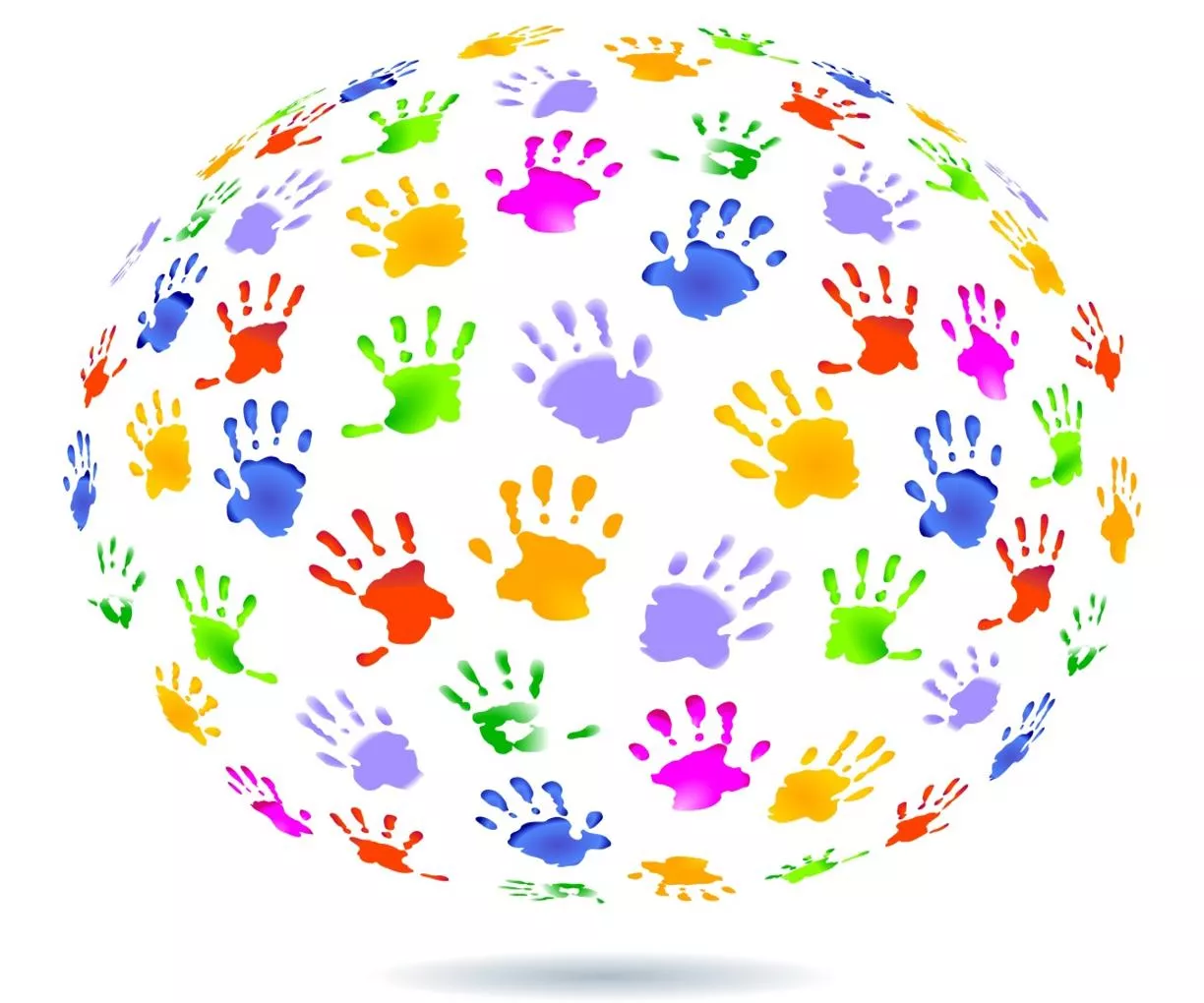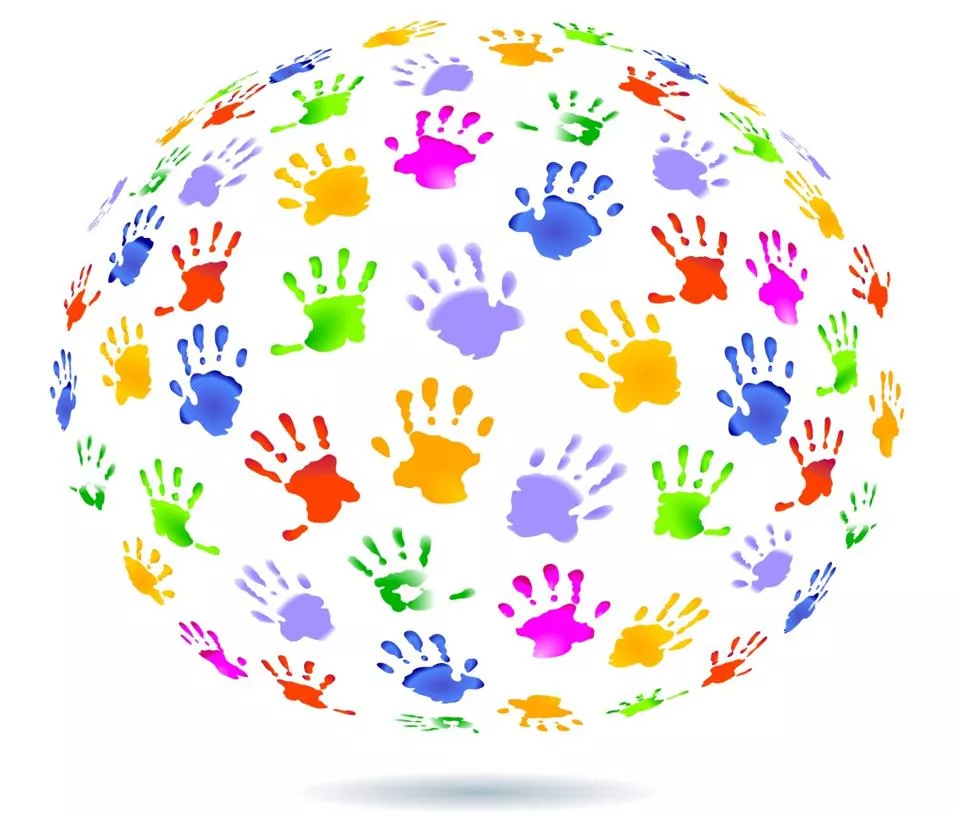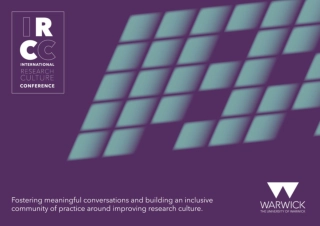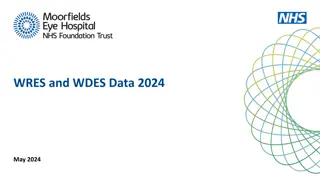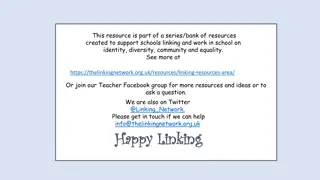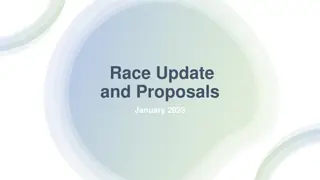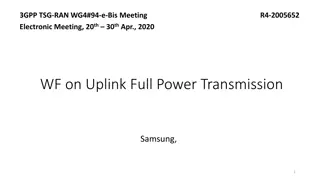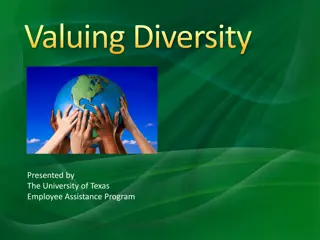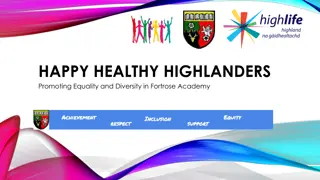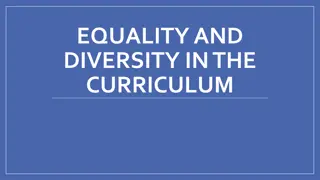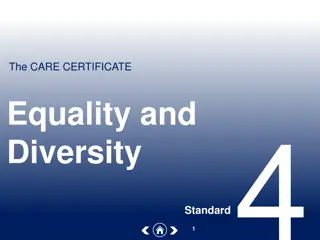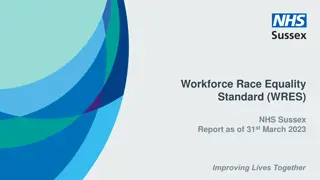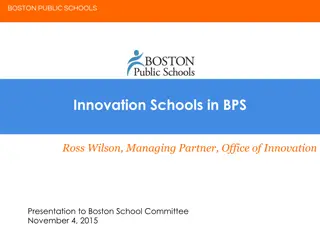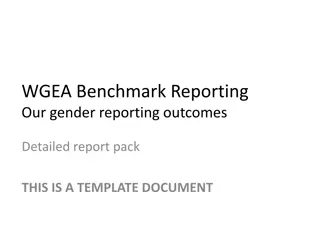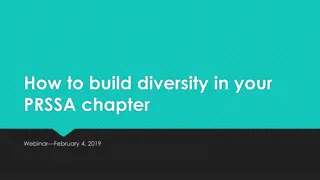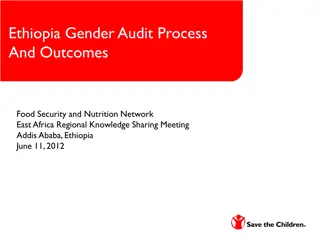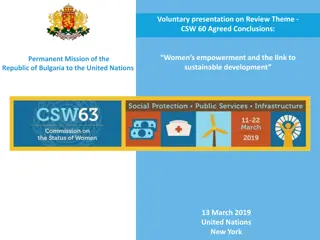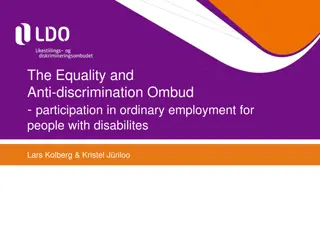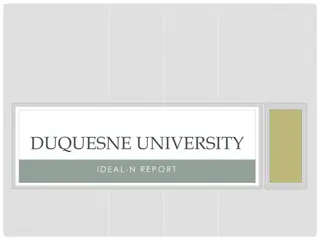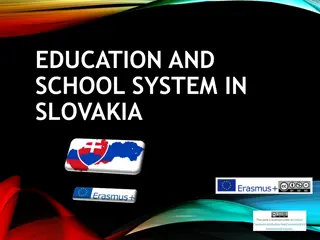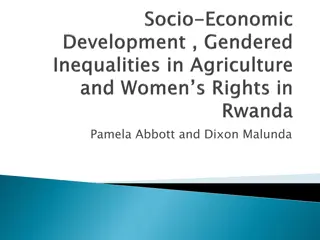Promoting Equality and Diversity in Schools
Issues in equity and diversity in schools today require proactive measures such as creating an inclusive culture, ensuring equal access and challenging discrimination. This involves treating all students fairly, developing individual potential, and equipping staff to combat inequality. The purpose of education is to foster innovation, creativity, and social responsibility, guided by a pedagogical framework focusing on community outcomes, academic skills, and psycho-social development with embedded PBIS principles.
Download Presentation

Please find below an Image/Link to download the presentation.
The content on the website is provided AS IS for your information and personal use only. It may not be sold, licensed, or shared on other websites without obtaining consent from the author.If you encounter any issues during the download, it is possible that the publisher has removed the file from their server.
You are allowed to download the files provided on this website for personal or commercial use, subject to the condition that they are used lawfully. All files are the property of their respective owners.
The content on the website is provided AS IS for your information and personal use only. It may not be sold, licensed, or shared on other websites without obtaining consent from the author.
E N D
Presentation Transcript
PBIS Genesis Promise Academy By Dr. Philip Hickman
Discuss in triad groups What are the issues faced in the area of Equity and Diversity in today's schools? What ways have you tried to address Equity or diversity or both?
Definitions Equity Diversity Equality is ensuring individuals or groups of individuals are treated fairly and equally and no less favorably, specific to their needs, including areas of race, gender, disability, religion or belief, sexual orientation and age. Diversity aims to recognize, respect and value people s differences to contribute and realize their full potential by promoting an inclusive culture for all.
promote equality and diversity We can promote equality and diversity by: treating all students fairly creating an inclusive culture for all students ensuring equal access to opportunities to enable students to fully participate in the learning process enabling all students to develop to their full potential equipping staff and students with the skills to challenge inequality and discrimination in their work/study environment making certain that any learning materials do not discriminate against any individuals or groups ensuring sure policies, procedures and processes don't discriminate
The Purpose of Education is to guide the human potential (our youth) for innovation, ingenuity, creative capacity building and engaged power that stimulate(s) skills, talents, identity formation for self knowledge and social responsibility. Pedagogical Framework for Implementation Problem - Solving Component: Focus around what we want our communities to be, service, entrepreneurs, outcome based results and self-sufficiency. Academic Core Component: Students will be readers, writers, critical thinkers, entrepreneurs, mathematicians and speakers. Psycho-Social Component: Built around Raymond Corsini s - 4Rs - - - - Respect (mutual) Responsibility Resourcefulness Responsiveness *PBIS Embedded within Each Component of the Framework 1) Parental participation and empowerment (two-way symmetrical involvement) that constructs active ownership and investment. 2) On-going engaged professional development for educators and administrators for accountability and sustainability 3) A commitment to a talent development approach in developing a new generation of committed and highly effective teachers through competitive compensation, aggressive recruitment strategies and qualified certification. 4) Establishing effective continuous improvement-based evaluation systems, both formative and summative that monitors, measures, and evaluates performance benchmarks, as exemplars for quality teaching and learning. 5) Establishing congruent cultural connectors and competency benchmarks between the school, community and stakeholders. 6) Assure innovation, creativity and efficacy in education. 7) Acknowledge and assure that life is learning and education must utilize community assets to extend education beyond the classroom and school to real world experience and application.
Whole Group Instruction (Direct Instruction) Introducing New Material Review of Material Informal Assessment Check for Understanding Student Feedback Guided Pratice Slowly release students "Do Now" (teacher students rotate) Individual Pratice Reg Ed. Teacher Special Ed Teacher Para
High Impact Centers 1. Three to four work stations per 20 students. 2. All high impact centers will require there to be some form of student feedback and progress monitoring for each student. (Rigor is not hard) 3. All centers must have posted lesson/learning objectives that the student is able to understand. 4. A high impact center has each group of students assigned some type of role or responsibility. 5. High impact centers are differentiated with a level of progressive difficulty 1 5 2 H.I.C 4 3
PBIS/Academic Response to Intervention 10% 5%% % 85% 85% 10% 10% 5% 85% 5%
It is important that the core curriculum is not manipulated. CORE CURRICULUM ALIGNED TO GRADE LEVEL EXPECTATIONS
Common Assessments COMMON ASSESSMENTS ARE TO ENSURE A PROPER AND APPROPRIATE VIEW OF THE PERFORMANCE OF YOUR STUDENTS AND TO MAKE MODIFICATIONS BOTH WITHIN A CLASSROOM AND ALSO SCHOOL WIDE
TECHNOLOGY AND TECHNOLOGY- BASED INTERVENTIONS AND SKILL BASED DIFFERENTIATED TUTORING
Skill based differentiated tutoring Adaptive assessments Study island technology-based student learning and practice M.A.P. folders goal setting and student progress monitoring Morning mood Explicit phonics instruction Positive behavior support system Incorporate behavior instruction into the curriculum Professional learning community model Direct teacher growth mindset
a term to mean that students behaviors in low social economic schools are motivated through heighten or hypersensitive emotions and not through rational logical prediction or framework E-MOTIVES
4 Rs Respect Responsiveness Responsibility Resourcefulness
Replacement Replacement Behavior Behavior No Suspensions No Suspensions Large Counseling Large Counseling Support Support Built into Built into discipline system discipline system Development of Development of self worth self worth
5 positive for every one negative Encouragement instead of praise
Thank You THE END


